Production Systems (JIT series)
What kind of Production System do we have?
- Planned (Push) Production
- Fill-Up (Pull) Production
- Make-to-Order ( Customer Firm ) Production
10 things to consider when implementing a Pull System
- A cultural change will happen
- You’re going to have some Inventory
- Where processes are not flowing (connected), we will need to install supermarkets
- Conformity to all Kanban rules is mandatory (by everyone, every day)
- The System needs to be designed together with all supporting functions buy-in.
- To sustain the system, all employees must be trained on Push vs. Pull.
- New product introductions and low-runner products will have to be considered!
- Bottleneck processes sometimes will stop if downstream processes don’t pull (no Kanban)
- Change over times of bottleneck processes and frequency will be challenged and improved.
- Once the Pull System is part of daily life, you won’t return to daily production planning.
Which of the 3 Systems is the best System?
Can your working environment apply the best one now?
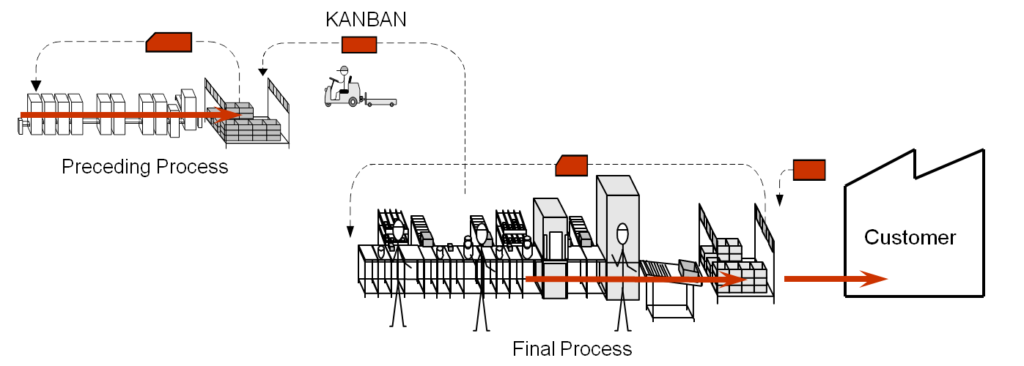
Mastering Push and Pull Systems in Supply Chain Management
Every manufacturing and supply chain professional faces a fundamental question: push or pull? These two production systems form the backbone of supply chain strategies worldwide, each offering unique advantages and challenges. Understanding their principles and knowing when to apply them can significantly affect operational efficiency and customer satisfaction.
What is a Push System?
A push system relies on forecasts to determine production schedules. Based on market demand predictions, goods are produced in advance and pushed through the supply chain to customers.
Key Characteristics of Push Systems:
- Production is based on anticipated demand.
- Large lot sizes are common.
- High inventory levels act as a buffer for demand fluctuations.
Pros:
- Increased flexibility in managing production schedules.
- Provides more time for planning and addressing potential issues.
- Faster fulfillment when demand aligns with forecasts.
Cons:
- Risk of overproduction and excess inventory.
- Difficulty in accurately predicting demand.
- Higher storage costs and potential for waste.
What is a Pull System?
A pull system, on the other hand, is driven by actual customer demand. Production occurs only when there is a specific order, minimizing waste and reducing inventory levels.
Key Characteristics of Pull Systems:
- Based on Just-in-Time (JIT) principles.
- Small lot sizes are prioritized.
- Materials are replenished only as needed.
Pros:
- Improved efficiency and reduced waste.
- Lower inventory costs.
- Higher product quality due to focused production efforts.
Cons:
- Risk of stockouts if demand surges unexpectedly.
- Increased complexity in supply chain coordination.
Push and Pull in Action: The Automotive Industry
In industries like automotive manufacturing, a hybrid approach often works best. For example:
- Push: Raw materials are stocked based on anticipated production needs. This ensures there’s enough supply to meet potential demand.
- Pull: Finished goods are produced only when customer orders are received, reducing excess inventory.
This combination allows manufacturers to balance the stability of push systems with the flexibility of pull systems, ensuring cost efficiency without compromising responsiveness.
How to Choose the Right System
Selecting between push and pull systems depends on several factors:
- Demand Predictability: If demand is stable and predictable, a push system may suffice. For unpredictable markets, a pull system offers greater agility.
- Production Lead Time: Long lead times favor push systems, while shorter lead times align better with pull strategies.
- Inventory Costs: High storage costs make pull systems more attractive, as they minimize inventory.
Striking the Balance: A Hybrid Approach
Most organizations find that a combination of push and pull systems delivers the best results. For instance:
- Use a push system to maintain a buffer of raw materials.
- Implement a pull system for final assembly and delivery to match customer orders.
This hybrid approach allows businesses to optimize resources, reduce waste, and respond effectively to market demands.
Final Thoughts
Push and pull systems are not mutually exclusive. By understanding their principles and tailoring them to your organization’s needs, you can achieve a balanced, efficient supply chain that delivers value to customers while minimizing costs. Which system do you think would work best for your operations? Share your thoughts and experiences below!


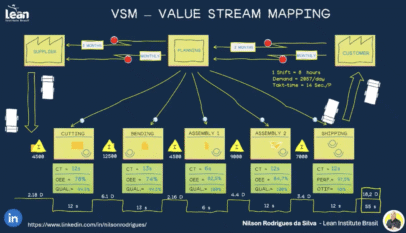
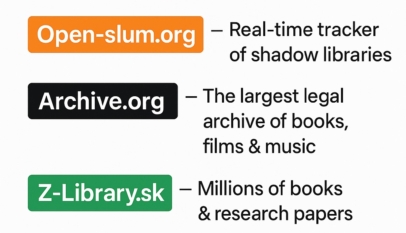
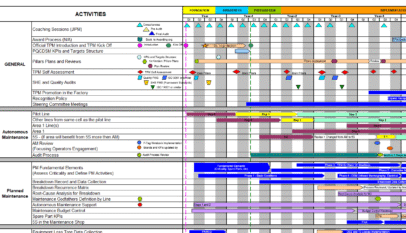
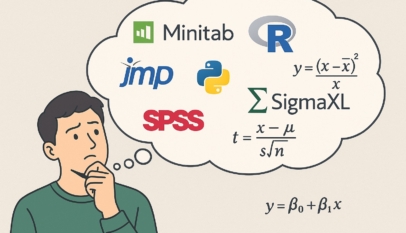



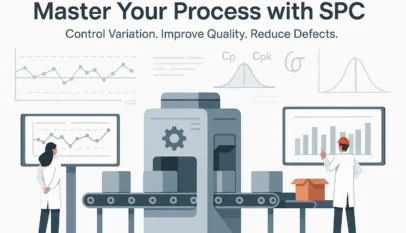
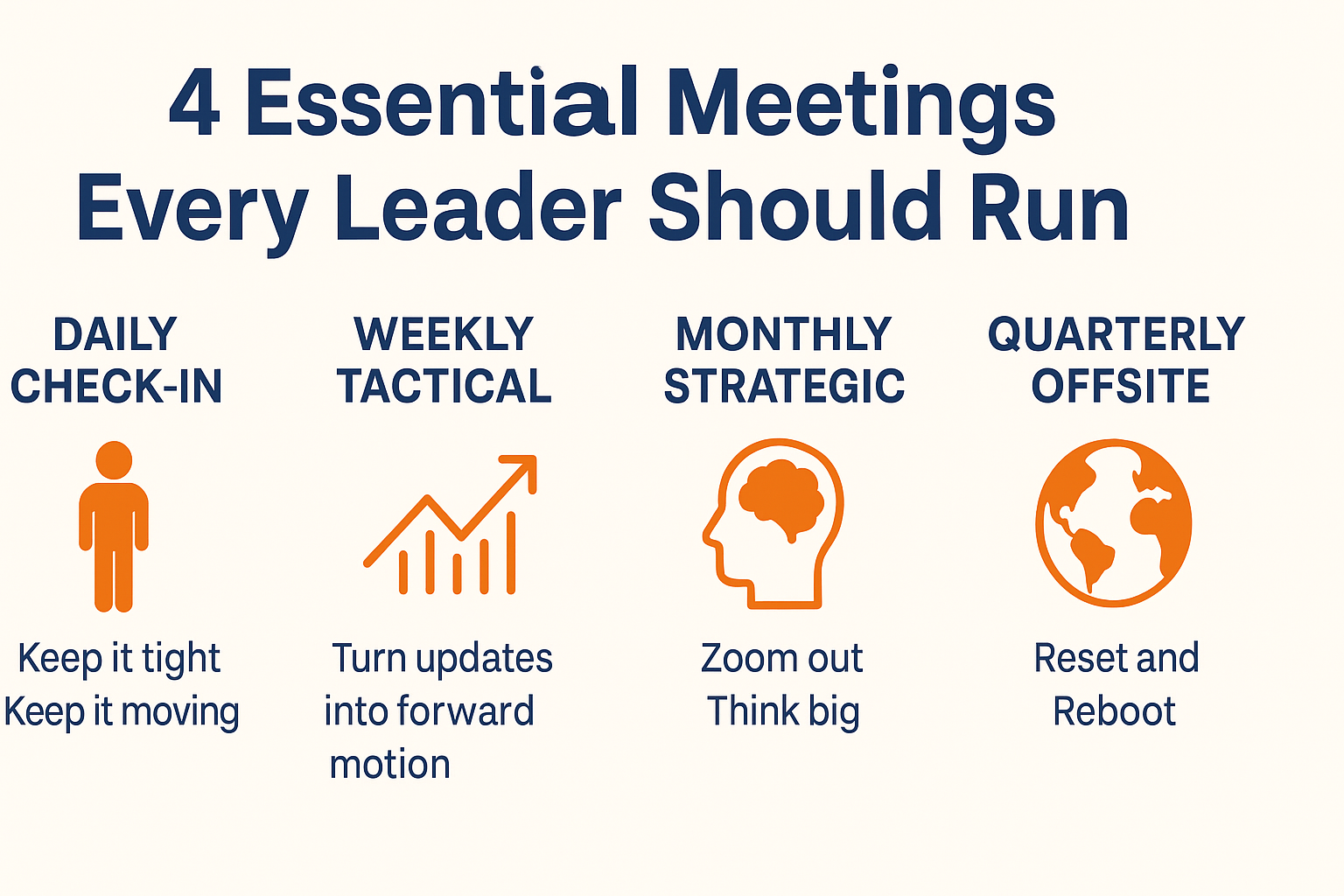

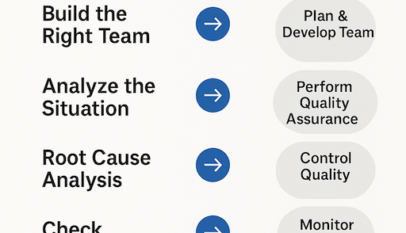
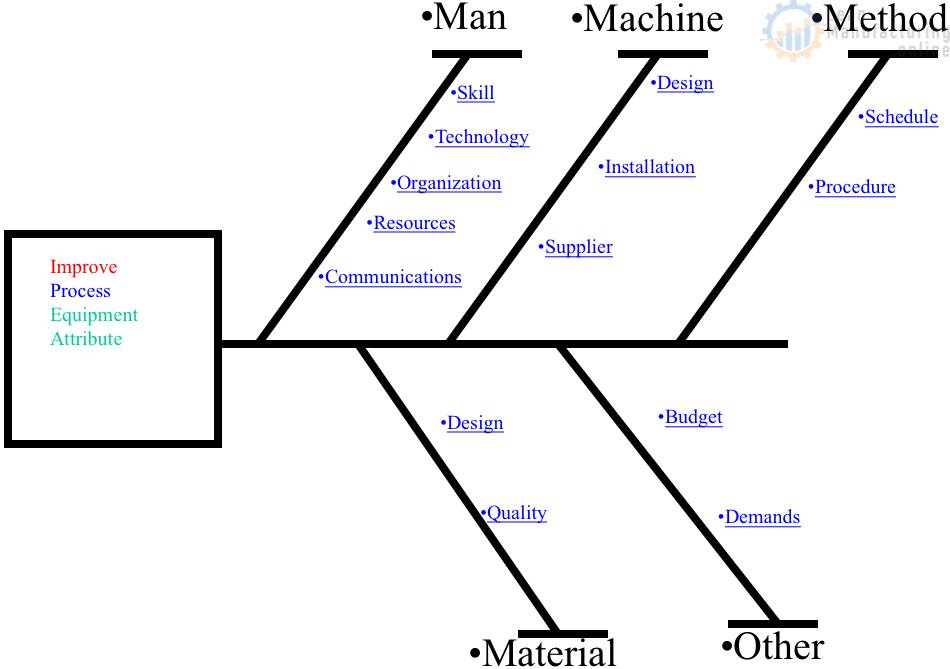
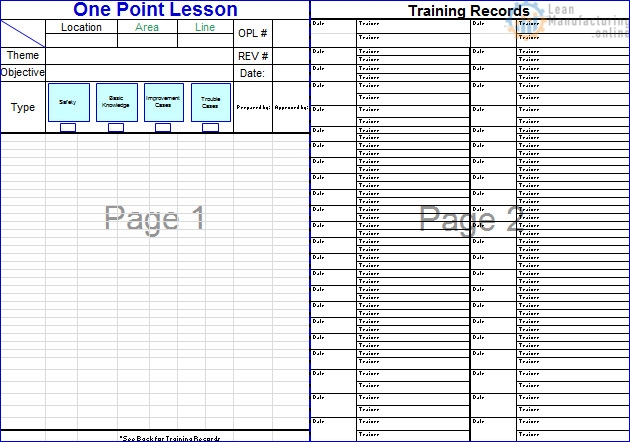




Excellent